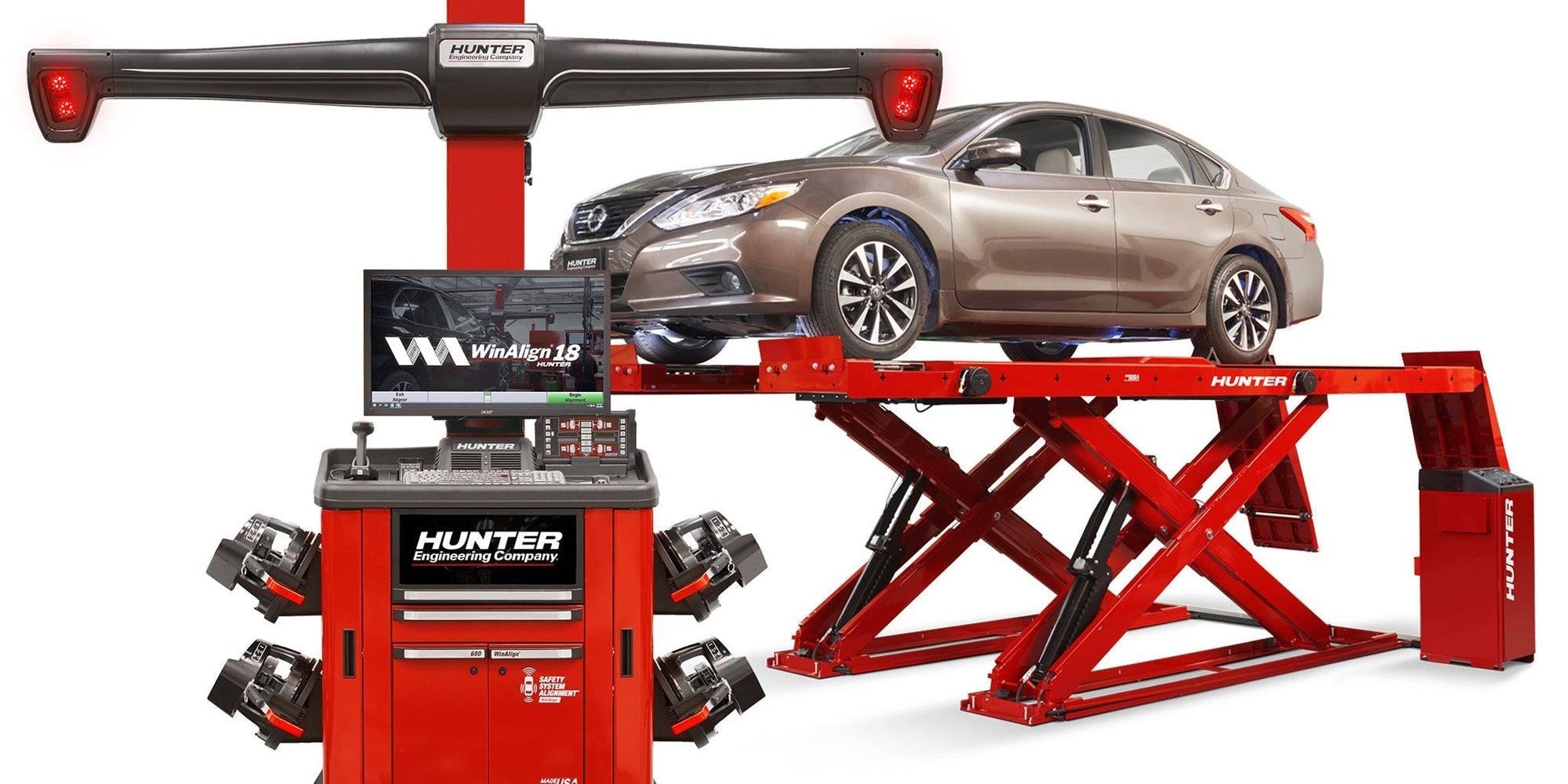Understanding Brake Pads: Types and Their Importance
Brake pads are a critical component of disc brake systems and play a vital role in your vehicle's safety. There are three primary types of brake pads: organic, ceramic, and semi-metallic. Here's a breakdown of each type and what you need to know.
Organic Brake Pads

Organic brake pads are often labeled as non-asbestos organic (NAO) because they used to be made from asbestos, which is now known to be hazardous. Modern organic brake pads are made from a mixture of fibers and materials like rubber, fiberglass, Kevlar, and carbon compounds bound together by resin.
Organic brake pads are the most common type, found in roughly two-thirds of American-made vehicles. While they are an affordable option, they wear out faster due to their composite nature. They may work well for drivers who don’t put a lot of miles on their vehicles or regularly engage in hard braking. However, for high-mileage or aggressive braking, other options might be better. Need help? Schedule a complimentary brake inspection today!
Ceramic Brake Pads

Ceramic brake pads are commonly found in foreign vehicles and are made from dense, durable ceramic material. They offer excellent stopping power, effectively dissipate heat, and produce less dust compared to organic brake pads. They’re also quiet and long-lasting, making them ideal for high-mileage drivers.
The downside to ceramic brake pads is their cost, as they are the most expensive type. Additionally, they may not perform as well in extreme conditions, such as intense heat, cold, or racing scenarios.
Semi-Metallic Brake Pads

Semi-metallic brake pads, often referred to simply as "metallic brake pads," contain 30 to 70 percent metals such as iron, steel, and copper, combined with other composite alloys. These metals help conduct heat, making them highly resistant to extreme temperatures and ideal for performance driving or varied road conditions.
How to Pick a Good Brake Pad
Brake pads do more than just stop your vehicle; they also absorb and disperse heat, which impacts their longevity. Poor-quality brake pads can be noisy and may cause excessive wear on other brake components, such as the rotor, leading to higher maintenance costs.
Choosing the right brake pad depends on your vehicle type and driving habits. If you drive a sports car or participate in racing, semi-metallic brake pads are a great choice. For urban commuting, ceramic brake pads might suit you better. For vehicles with low mileage and minimal braking demands, organic brake pads can be a cost-effective solution.
If you’re experiencing brake issues, schedule a brake inspection appointment today. A specialist can inspect your brakes and recommend the appropriate brake repair or replacement for your vehicle.



